It’s surprising to learn of the number of people in our community who don’t greet each new day with a smile. For them, mornings are a struggle, and the bright desert sun may be shaded by dark thoughts and feelings that cloud their mind and deplete their energy.
They are of different ages, shapes and backgrounds – from children to the elderly, from the disadvantaged to the privileged – but all share the heavy weight brought on by depression and anxiety.
According to the latest HARC surveys, 25.3 percent of Coachella Valley adults have reported an emotional, mental or behavioral problem that concerned them in the past year, and over half of these felt that their problem was severe enough to require professional help. This compares to national statistics which report 1 in 5 adults (20%) struggle with these issues.1
However, if you consider our local 55+ community, that number increases significantly to 69 percent,2 and according to Anthony Bassanelli, M.D., of Eisenhower Behavioral Health, this time of year brings increased incidents as friends and neighbors move to cooler climates, the social calendar clears, and desert heat keeps those most affected indoors and inactive. Depression and anxiety are the primary conditions he sees, and loss is a significant factor – loss of health, vision, finances, or family members – which can create feelings of isolation.”
Certainly more loss occurs as we advance in age, but contrary to the belief of many, depression is not a normal part of aging.
But when you are stuck in a depressed state and can’t seem to find your way out, what do you do?
“Changing habits can be very challenging; some people need only therapy, however, if mood problems have gotten them too stuck, some need the help of medications, and some need both,” says Bassanelli.
According to the American Psychological Association, depression is treatable in 80 percent of cases; however, those suffering have to be willing to take the first step, and this can be the most challenging part.
In our valley, only 1 out of 4 adults who felt they needed treatment sought help. This is due in part to the stigma associated with behavioral health. Many feel there is a shame associated with such issues and therefore don’t discuss it openly.
However, all of us should have a vested interest in overturning this stigma and encouraging those in need to seek help because depression affects not only the individual, but also their family, work environment, and the entire community.
Take the First Steps
Professionals at the recent Mental Health Summit III hosted by Riverside County and the Coachella Valley Health Collaborative agreed on two important
first steps: 1) understand that you are not alone; and 2) work with someone to create an action plan to turn things around.
Fortunately, here in the valley we have resources – especially for older adults – and many are free.
Change Your Environment
Socialization is an important part of healing, says Maura Fisher, MSN, RN of Eisenhower Behavioral Health. “We have clients who will say they haven’t been out of the house for a week.” Her team encourages them to go to the mall and just walk or visit a senior center; join a gentle yoga class, or get into a pool for gentle movement – “anything that involves movement and will lead them out of their environment and interacting with others.”
Treat Your Body Well
At the Summit, Jeralyn Brossfield, M.D., director of the Eisenhower Wellness Institute, spoke of the five keys to brain health providing the acronym DEPSS: Diet, Exercise, People, Sleep and Stress Management.
“Depression is a complicated, multifactorial disease with a major biochemical component which can be greatly affected by lifestyle choices, and making changes can have dramatic results,” she says.
We have all been crabby when hungry, a mood which is tied to blood sugar levels. According to Brossfield, studies show that maintaining steady blood sugar levels throughout the day, avoiding spikes and crashes, is key to brain health.
“Eating 4-6 small meals throughout the day, rather than 3 large meals, is a simple first step,” she advises, adding that low glycemic foods such as those found in the Mediterranean diet rich in fish, nuts, olive olives and fresh produce will help alleviate the ups and downs commonly caused by the ironically named SAD diet (Standard American Diet; see more on nutrition in
Dr. Brossfield’s column on p.23).
Just as important are exercise which increase brain tissue, and meditation or relaxation practices which increase brain activity.
We all know that a part of any plan should be a healthy lifestyle, but when depression or anxiety rules your thoughts and actions, how do you motivate yourself or someone you love to make healthy changes?
Brossfield advises that acknowledging one’s freedom not to change often helps make change possible. “Voicing corrective statements will often provoke an argument for the other side, so it is important that conversations allow the one affected to voice their own arguments for change.”
Asking questions to promote change is effective: “If you decided you wanted to get better, how would you do it? Where would you start?”
Remember, in between where you are and where you want to be are choices.
Free Program for Those 60+
Riverside County Department of Mental Health funds over 30 programs including a free local service for those 60 and over affected by depression and/or anxiety. The evidence-based program was developed at Stanford University and utilizes the cognitive behavioral therapy (CBT) therapeutic orientation. Therapists are specifically certified in the CBT for LLD (Late Life Depression) model.
Components of the program include identifying unhealthy thoughts and helping clients to shift the thinking process to develop different, more balanced, thinking which will change the emotional state. There are also exercises aimed at reducing catastrophic thoughts which tend to enhance anxiety, and identifying unhealthy core beliefs about one’s self, others and the world all of which can create distorted thinking patterns. Behavioral activities include creating a pleasurable events schedule and working through problems and establishing resolutions.
Offered at The LBGT Community Center in Palm Springs and Catholic Charities of the Desert (which are both open to any and all), the program is a structured problem-solving treatment approach that takes place over 16-20 session, and participants are reporting very positive results.
According to Jill Gover, Ph.D., director of mental health services at The Center who runs their CBT for LLD program, studies show that the program is comparable to medication in results and retention. “At the Center, we had a 90 percent retention rate (only 2 participants withdrew), and 77 percent successfully completed their treatment goals.” Post-program questionnaires also showed improvement in quality of life in 90% (all but 2) of the categories, indicating an increase in social activities and enjoyment.
New Technology for Severe Depression
When medications and talk therapies aren’t enough, brain stimulation procedures may be considered. One of the newest technologies (FDA-approved in 2008) is transcranial magnetic stimulation (TMS) which uses magnetic fields to stimulate nerve cells in the brain to improve symptoms of depression.3
The good news is that unlike other therapies in this category, TMS is non-invasive. Many treatments like vagus nerve stimulation or deep brain stimulation require surgery or implantation of electrodes. With TMS, a large electromagnetic coil is placed against the scalp near the forehead. An electromagnet creates currents that stimulate nerve cells in the region of your brain involved in mood control and depression. The stimulation appears to affect how this part of the brain is working, which in turn seems to ease depression symptoms and improve mood.3
Eisenhower Behavioral Health adopted the therapy last fall and is seeing significant results. “We are very excited about this therapy because it is completely non-invasive,” says Bassanelli. “And unlike electric compulsive (electric shock) therapy, it involves magnetic energy versus electric energy.”
A story in Eisenhower’s Healthy Living Magazine features Alice, who has struggled with depression and anxiety most of her life, but didn’t seek help until she was in her 50s. Working with Bassanelli and his team, she tried talk therapy and ten different medications in various combinations, but it was TMS that worked for her. Now she laughs, sleeps better and even purchased a bike for exercise. Her grandkids, with whom she now interacts more often, consider her to be a different person.
We are fortunate to have these resources available to us locally, and those in the industry are working to provide more. If you, or someone you know, struggle with depression or anxiety, reach out for help.
And if you are one of those who does greet each day with a smile, take the time to share that smile with a friend or neighbor who could use it. Professionals agree that one of the commonalities of those with anxiety and depression is that they just want to be heard. Sometimes those first steps start with simply sharing your story and receiving a little encouragement from someone who listens and cares.
RESOURCES: Riverside County Department of Mental Health:
www.up2riverside.org
List of Senior Centers: http://www.vitalco.net/riverside_senior.htm
Eisenhower Behavior Health: (760) 837.8767 emc.org/behavioralhealth
Free CBT for LLD programs by Riverside County Department of Mental Health:
The Center, Palm Springs (760) 416.7899 www.thecenterps.org;
Catholic Charities, Indio and Palm Desert (760) 449.7877 www.ccsbriv.org
References: 1) National Network of Depression Centers http://www.nndc.org/the-facts/; 2) Health Assessment Research for Communities (HARC); 3) MayoClinic.org






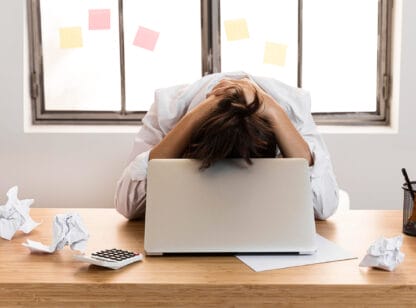
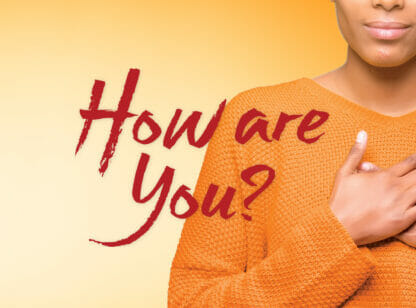
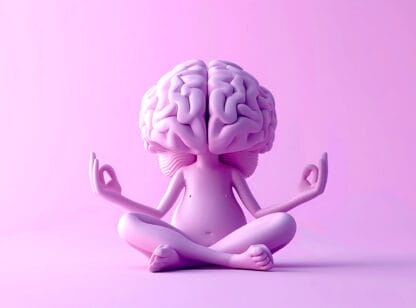

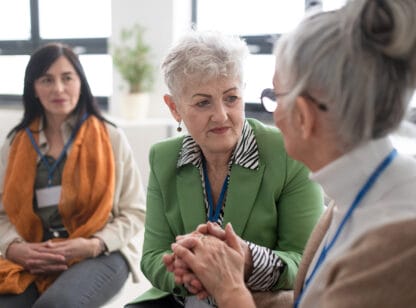






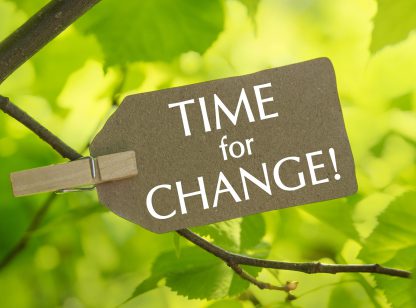





























Comments (0)